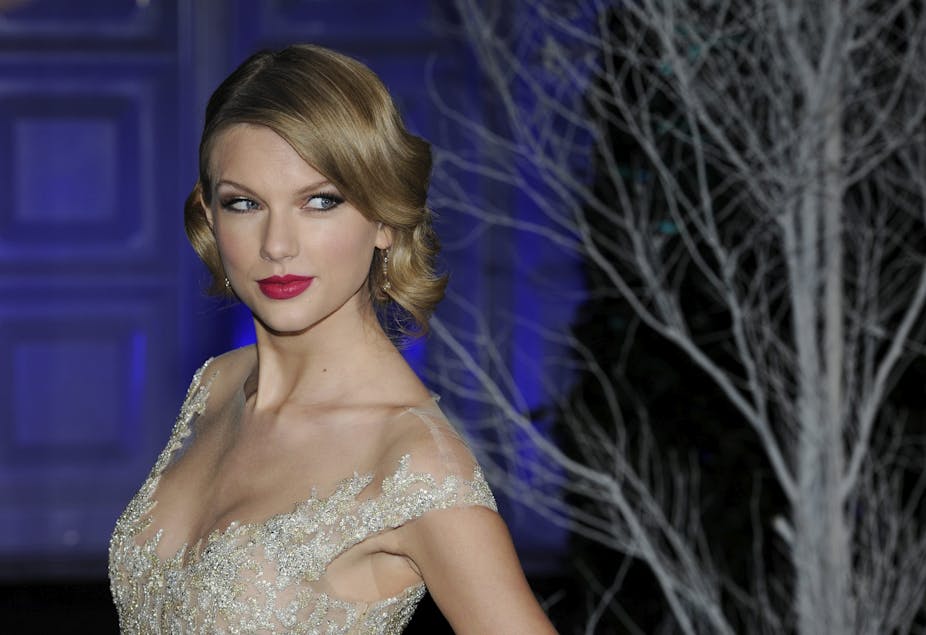In the same week American rapper Nicki Minaj released Anaconda, a music video dedicated to celebrating “the butt”, US singer-songwriter Taylor Swift released a video, Shake It Off, accidentally dedicated to highlighting white privilege.
The public shaming of Swift for perpetuating racial stereotypes and accusations of cultural appropriation started to circulate within hours of the video’s release last Monday.
While I don’t want to label Swift’s heavy-handed, badly choreographed and fairly lacklustre film clip as purposefully racist, it is without a doubt racially charged. Let us start with the facts.
The clip shows Swift expeditiously trying on various dancer’s hats. With each new hat she plays the role of a jazz performer, a ballerina, a hip-hop dancer, a cheerleader, a rapper and so on. The only thing that links Swift in each of these performances is her consistent shortcomings.
Presumably we are meant to identify and sympathise with Swift’s awkward and goofy girl-next-door façade. And to some extent we do. She is a fool, but ultimately we are humbled by her tomfoolery.
At first glance the cast of dancers is very multicultural. Swift is backed up by an wide variety of people as she blunders her way around the set. However, the inclusive casting choice soon reveals itself to be less innocuous.
All the ten ballerinas are white. Of the six hip-hop dancers, the majority are of colour. We must ask ourselves, if all the dance tropes are apparently multicultural and diverse in their casting, why are the ballerinas and the hip-hop dancers the only two groups that are so explicitly racially marked? What is Swift trying to say here?

We are introduced to the ballerinas in a Swan Lake-themed line of thin, blonde women, who appear to be the personification of poise and elegance. The hip-hop dancers first appear on screen with a close-up shot of a big, black twerking booty.
In her choice of casting, Swift would have us believe ballet is a white woman’s dance, despite the pioneering efforts of acclaimed African-American ballet dancers such as Misty Copeland, Anne Benna Simms and Nora Kimball. Swift’s cast of ballet dancers are not only white, they wear expensive-looking white-coloured costumes, suggesting wealth.
By contrast, the hip-hop girls all wear ripped denim shorts and hoop earrings. In this way Swift’s video highlights destructive and outdated race stereotypes.
In the Shake It Off clip Swift is contributing to a recent trend of white musicians appropriating black female bodies. Can we all just agree to stop using black women twerking provocatively as props? I am looking at you, Miley Cyrus and Lily Allen.
It is Swift’s white privilege that allows her to try on this diverse range of dance hats. She reinforces a stereotype of social hierarchy where whiteness represents the elite and the cultured – with blackness its poor other.
White privilege means being at the top of the cultural food chain, so to speak. Swift can appropriate and parody any community she likes.
Her whiteness allows her to be a cultural predator. In the sea of race, she is the great white shark. She is privileged, as only apex predators are, with the ability to pick and choose from any (cultural) food source she sees fit.

